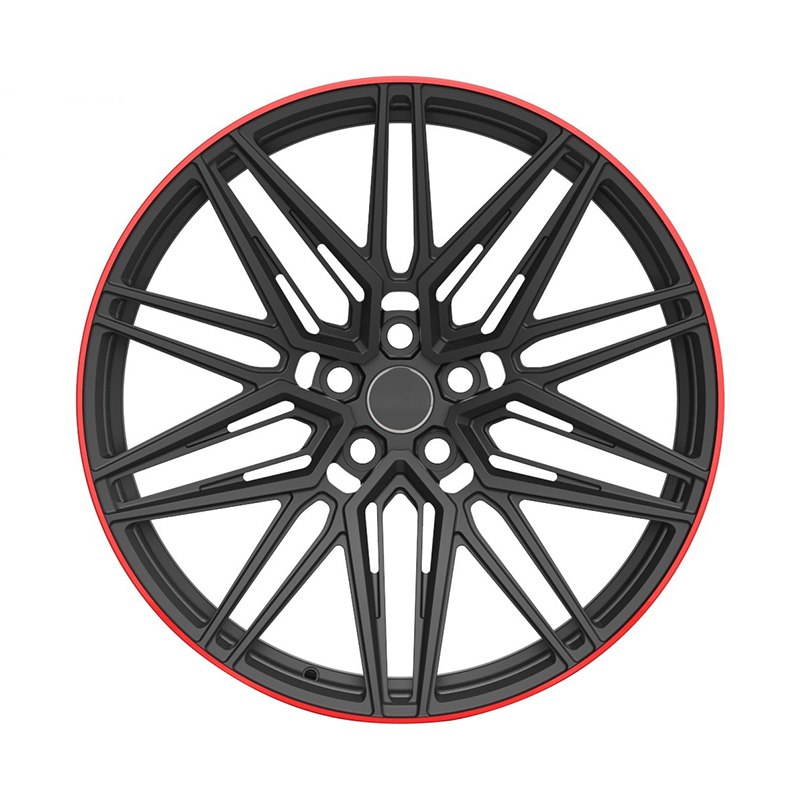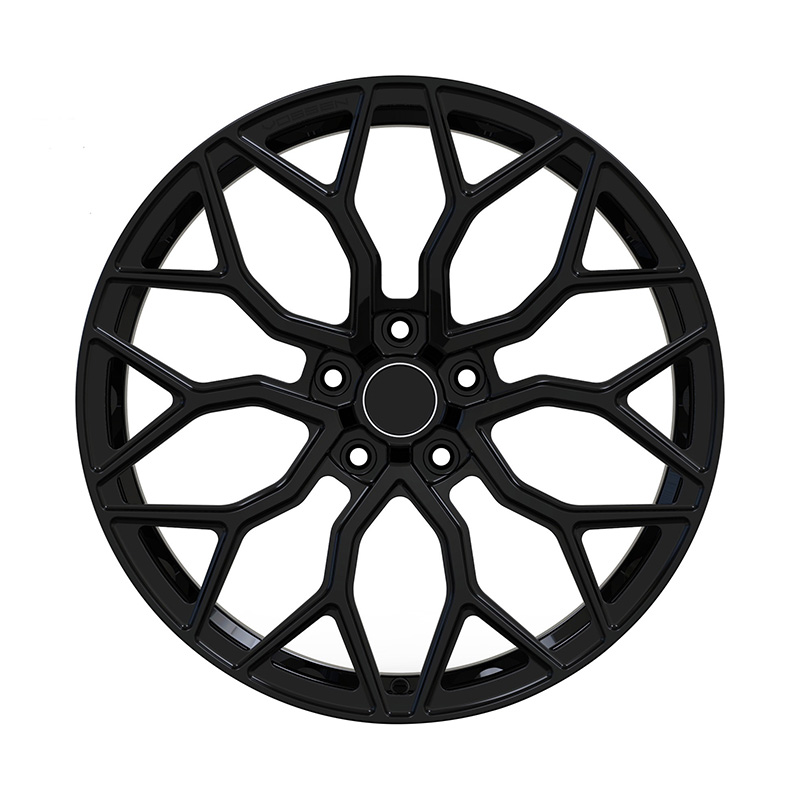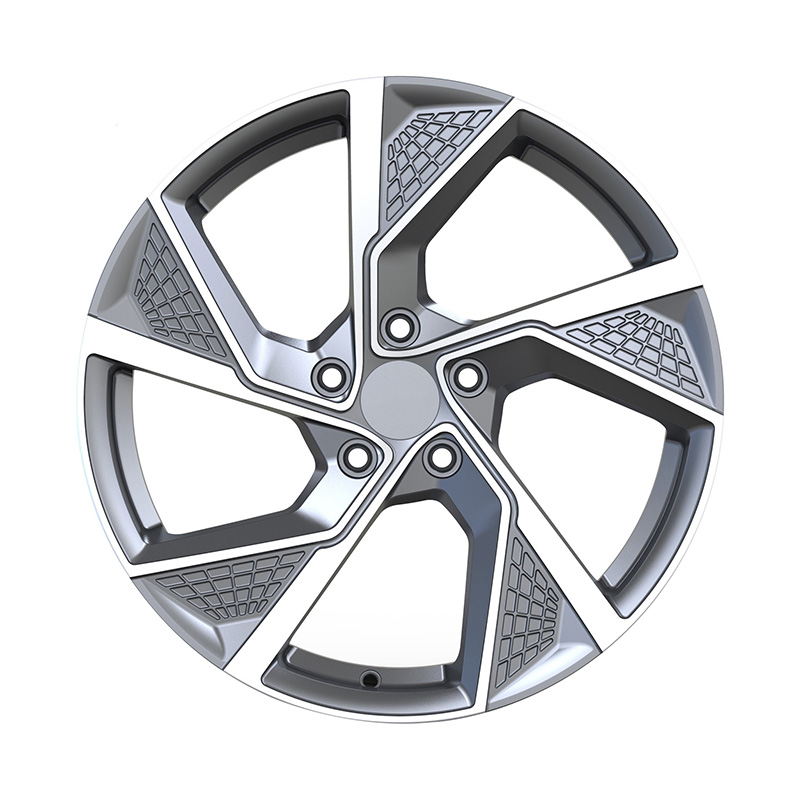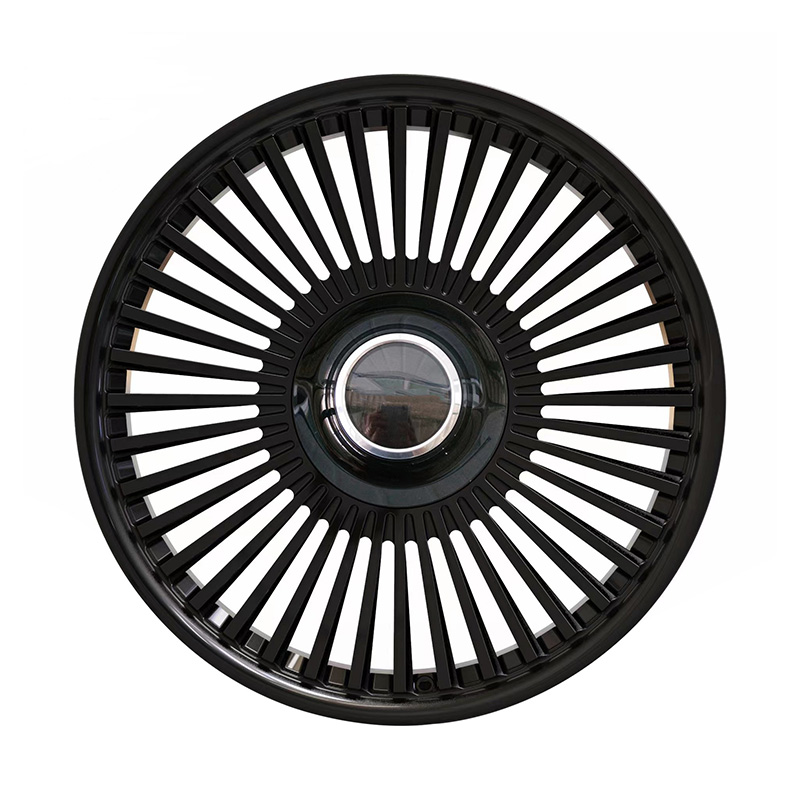
Submit
Submit feedback
The Surge in Modified Car Forged Wheels: A Revolution in Performance and Aesthetics
2025-06-05
The automotive industry has always been at the forefront of innovation, with car enthusiasts constantly seeking ways to enhance the performance and aesthetics of their vehicles. One of the popular trends in recent years has been the use of forged wheels for modified cars. Forged wheels factory have become a symbol of performance and style, offering a combination of strength, lightness, and durability that is unmatched by other wheel materials.
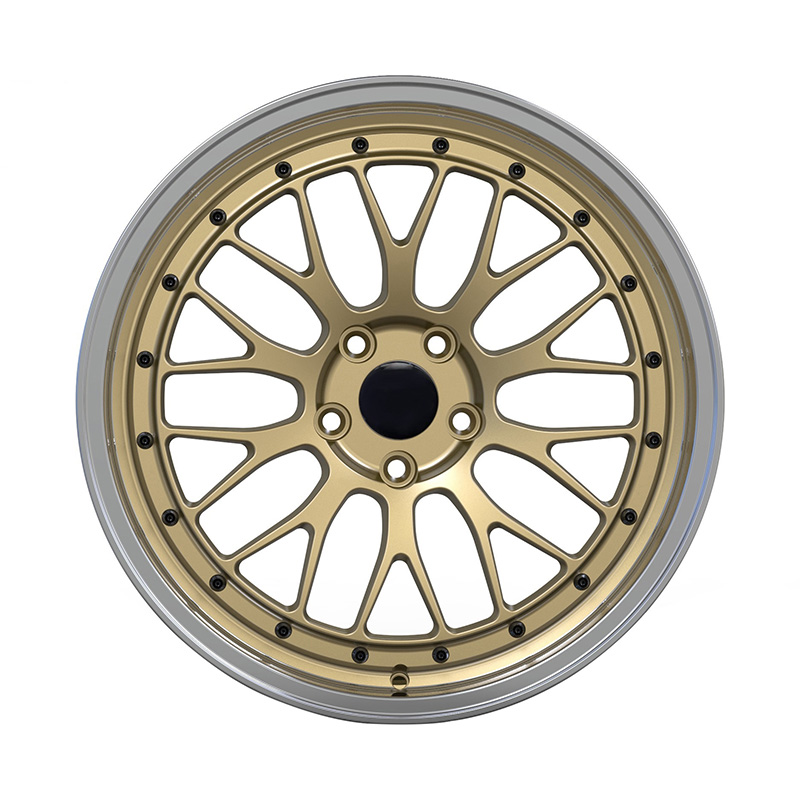
The forging process creates a denser molecular structure in the aluminum, making forged wheels more resistant to cracking and breaking compared to cast wheels. This increased durability is particularly beneficial for high-performance vehicles and those used in racing or off-road conditions, where the wheels are subjected to greater stress and impact.
Forged wheels offer a sleek and modern look that is highly sought after in the automotive customization market. Their uniformity in design and finish provide a clean, high-quality appearance that can elevate the overall aesthetic of a vehicle. The variety of designs and finishes available means that forged wheels can complement a wide range of car styles and personal preferences.
The production of forged wheels begins with high-grade aluminum alloy, which is heated to a specific temperature to make it malleable. The heated alloy is then placed into a die and subjected to extreme pressure, typically using hydraulic or mechanical presses. This process forces the metal to take the shape of the die, creating a wheel with a uniform structure and consistent density throughout.
After the forging process, the wheels undergo heat treatment to enhance their strength and durability. This involves heating the wheels to a specific temperature and then cooling them at a controlled rate. The heat treatment process helps to relieve internal stresses and further refine the molecular structure of the aluminum, resulting in a stronger and more resilient wheel.
Once the heat treatment is complete, the wheels are machined to achieve precise dimensions and a smooth surface. This process may include cutting, drilling, and polishing to ensure the wheels fit perfectly on the vehicle and have a flawless finish. The final step is applying a protective coating or finish, which can range from a simple clear coat to more complex paint jobs or even plasma coating for added durability and style.
The popularity of forged wheels has had a significant impact on the automotive aftermarket. As demand for these high-performance wheels has grown, so too has the number of manufacturers and the variety of options available to consumers. This has led to increased competition, which has driven innovation and the development of new technologies and designs.
The rise in popularity of forged wheels has spurred a wave of innovation in the industry. Manufacturers are continually developing new alloys and forging techniques to create wheels that are lighter, stronger, and more durable than ever before. This competition has also led to the introduction of more affordable forged wheel options, making them accessible to a wider range of car enthusiasts.
The variety of designs and finishes available for forged wheels has opened up a world of possibilities for car enthusiasts looking to personalize their vehicles. From simple monochromatic finishes to intricate multispoke designs, the options are virtually limitless. This has allowed owners to express their individuality and create a unique look for their vehicles.
As the automotive industry moves towards more sustainable practices, the production of forged wheels is being scrutinized for its environmental impact. The forging process is generally more energy-intensive than casting, but the increased durability and longevity of forged wheels can offset this by reducing the need for frequent replacements. Manufacturers are also exploring the use of recycled materials and more sustainable production methods to minimize the environmental footprint of their products.
recommend products
-
Zhenlun Multi Spokes Split Monoblock Forged Wheels Bronze With Silver Lip Edge
-
Zhenlun Matt Black With Red Lip Monoblock Forged Wheels
-
Zhenlun Gloss Black Monoblock Forged Wheels Gloss Black For Sports Car
-
Zhenlun Monoblock Forged Wheels Lightgrey With Machined Face
-
Zhenlun Monoblock Forged Wheels Gloss Black Dense Multi Spoke

 0
0




